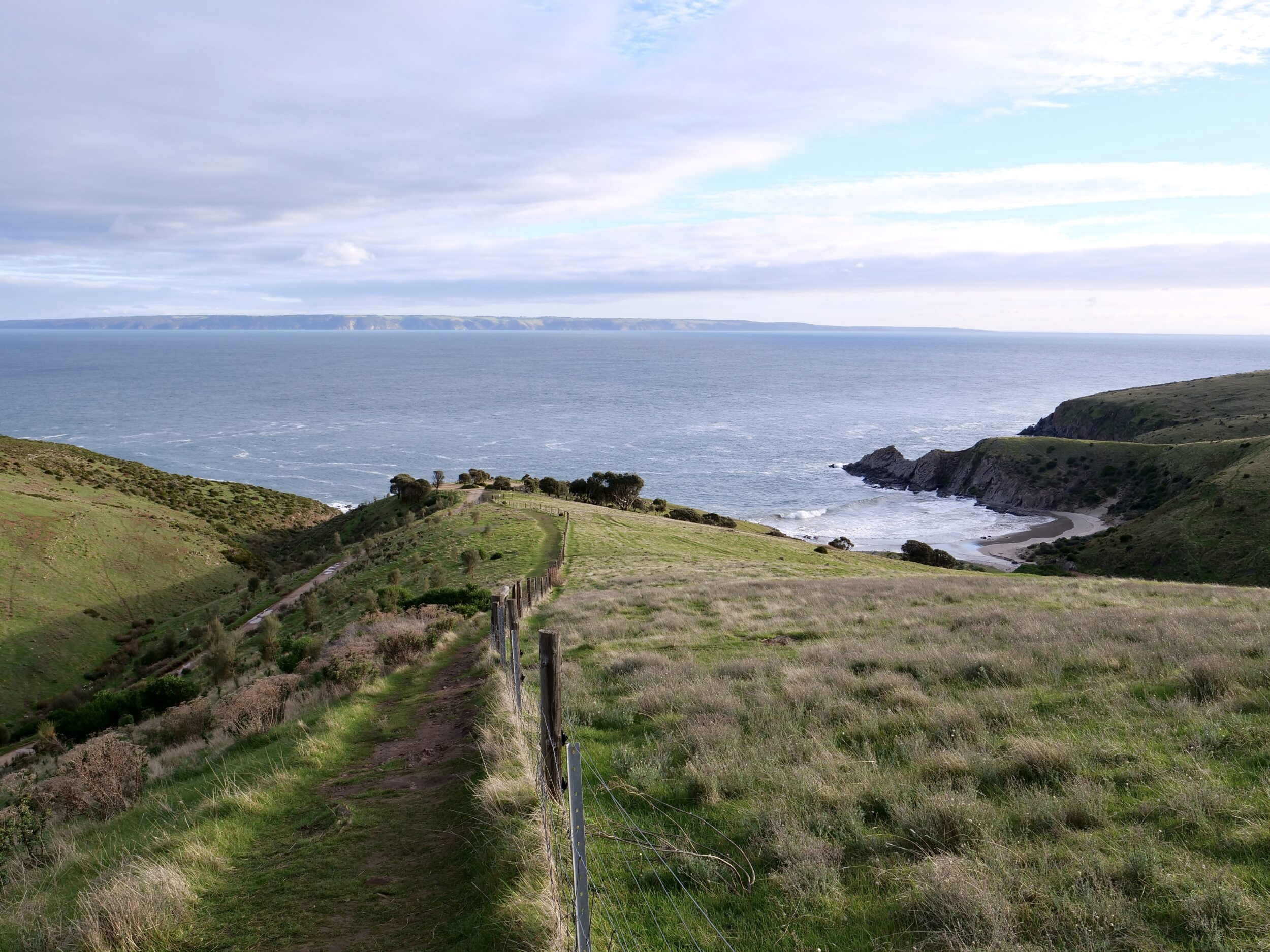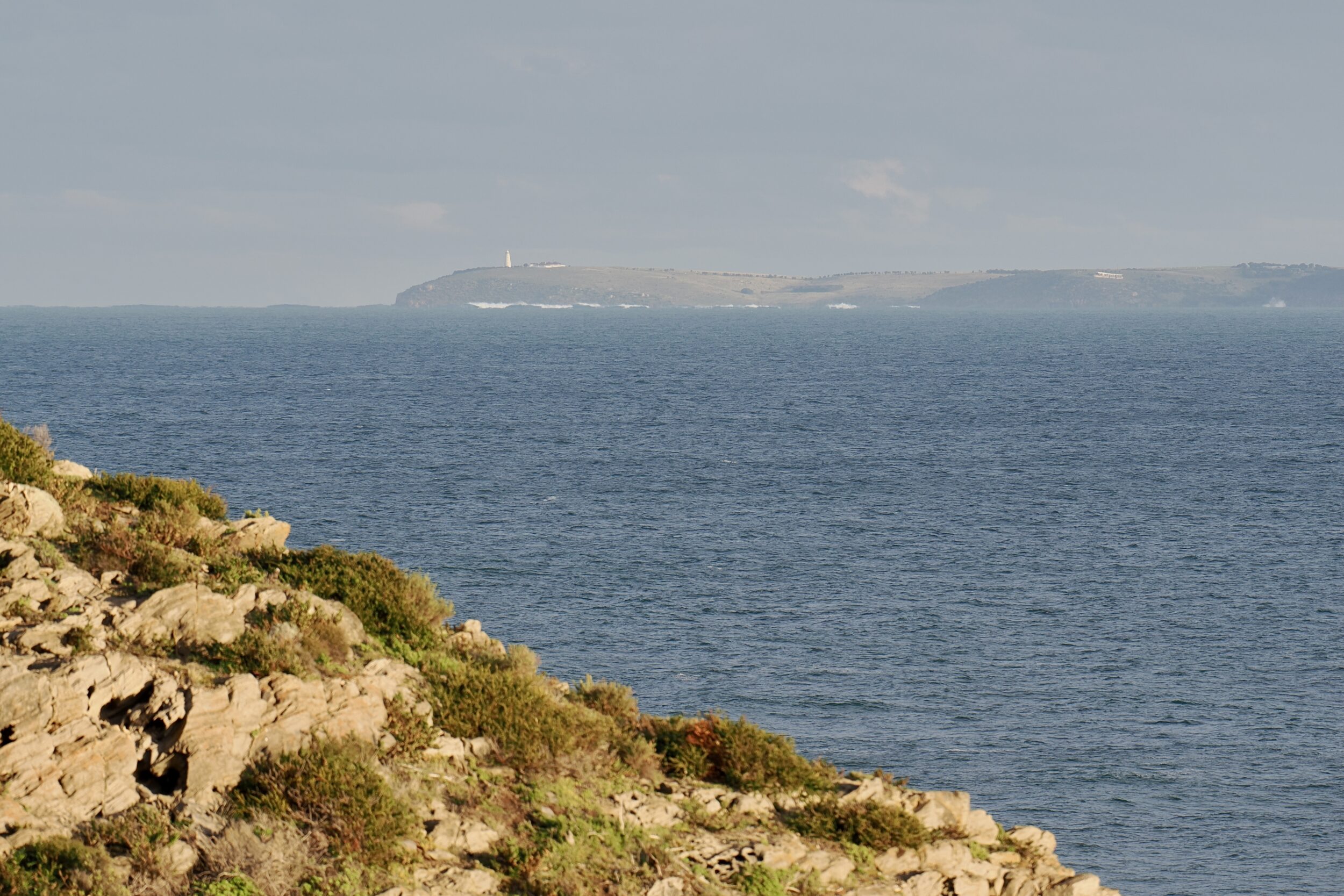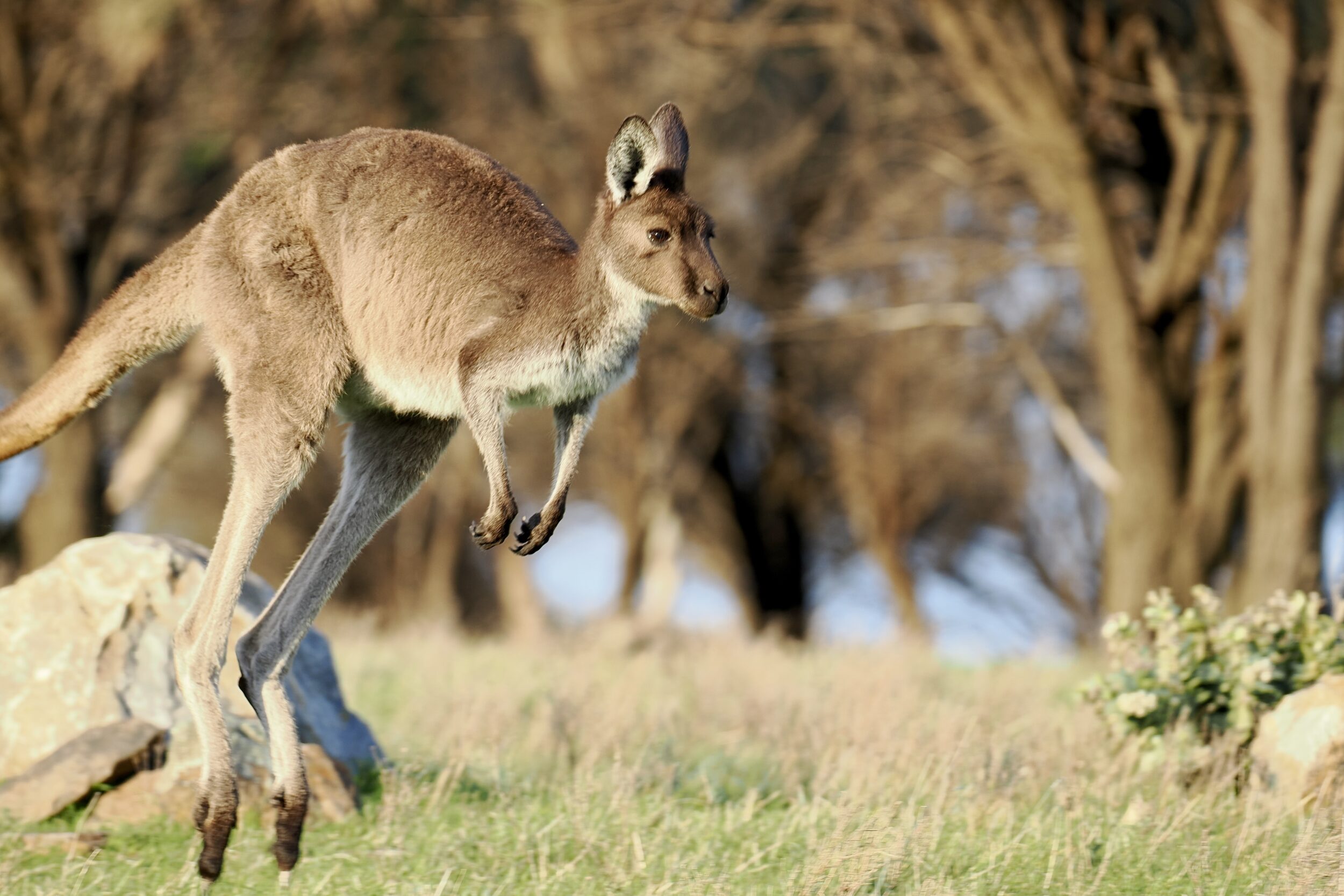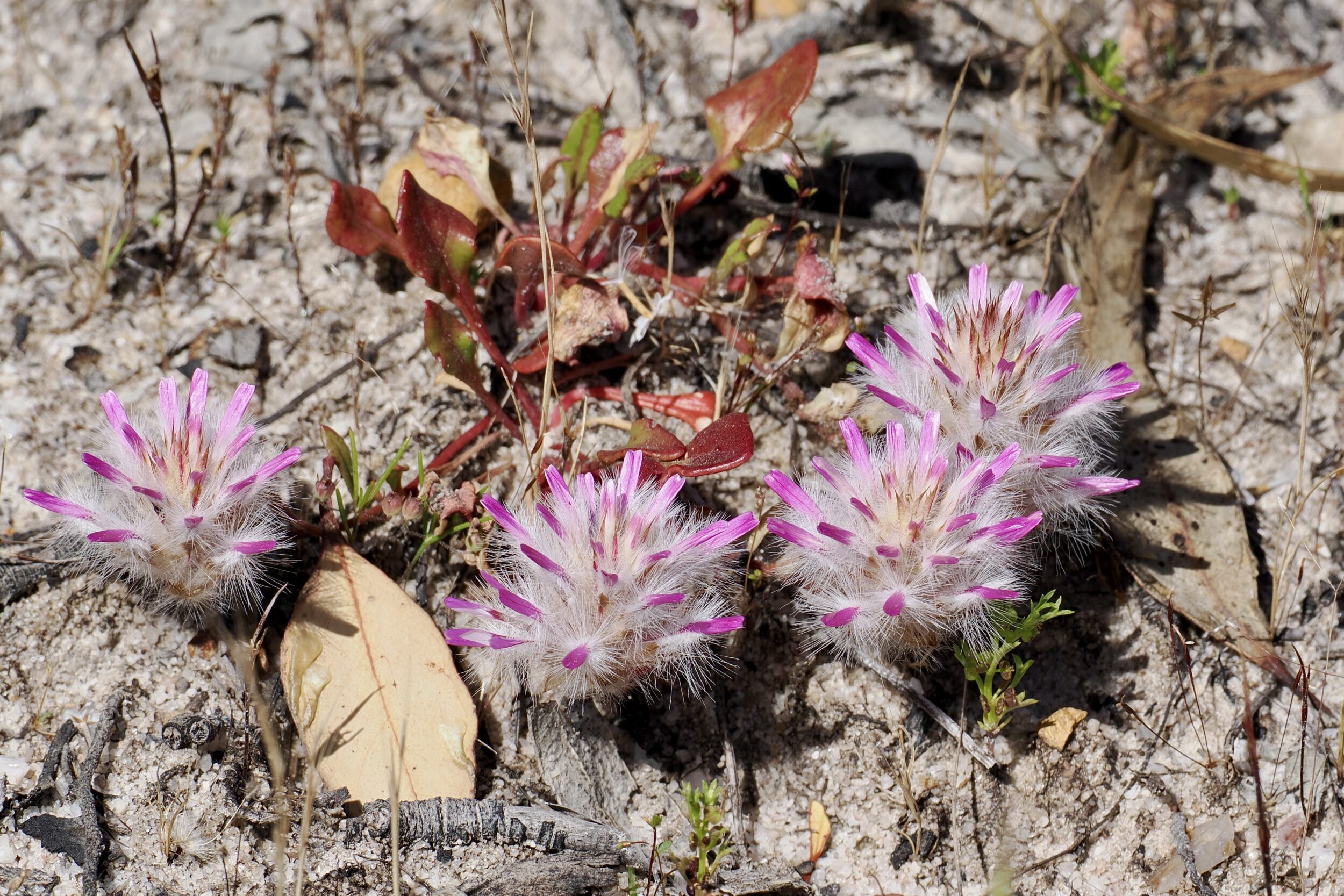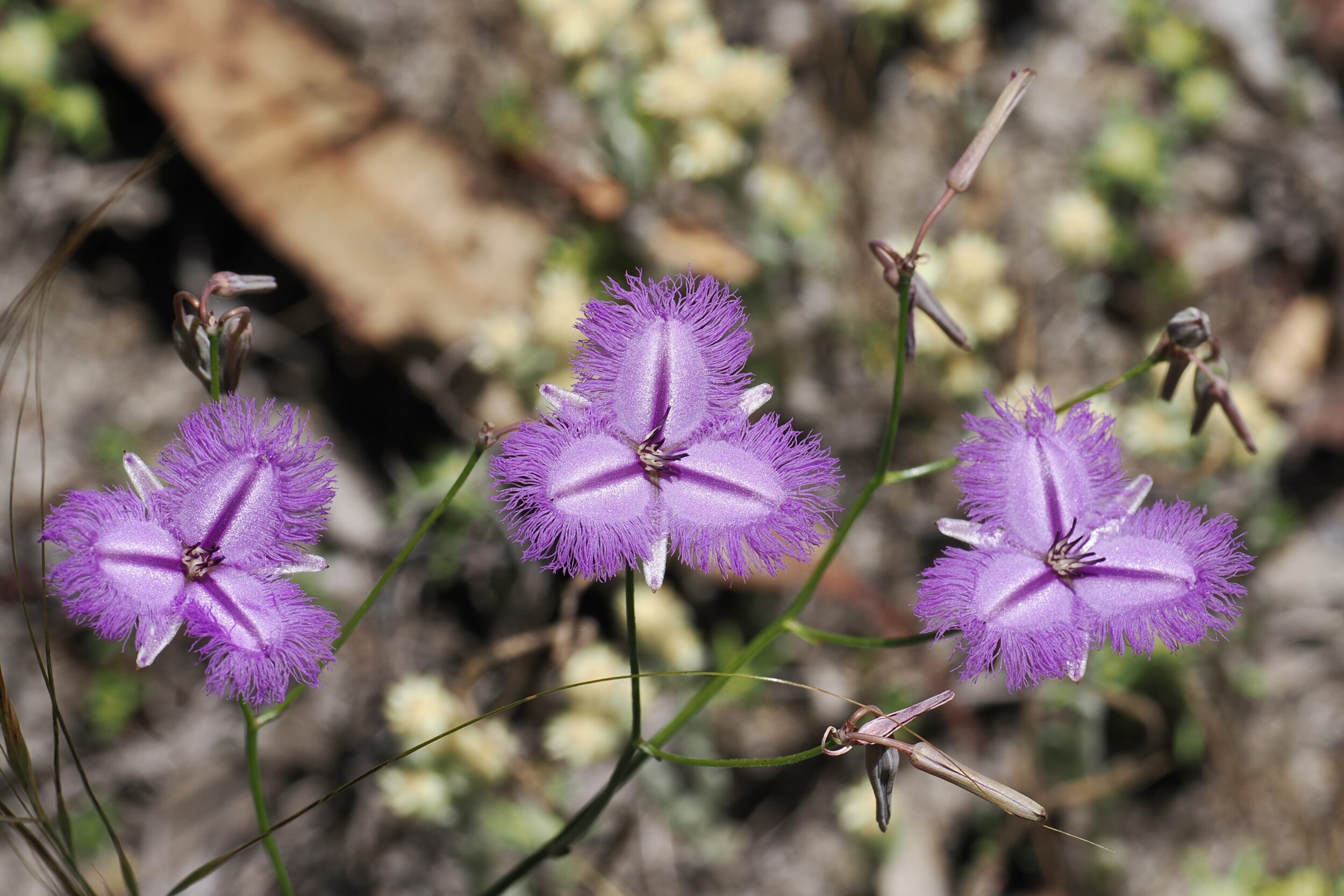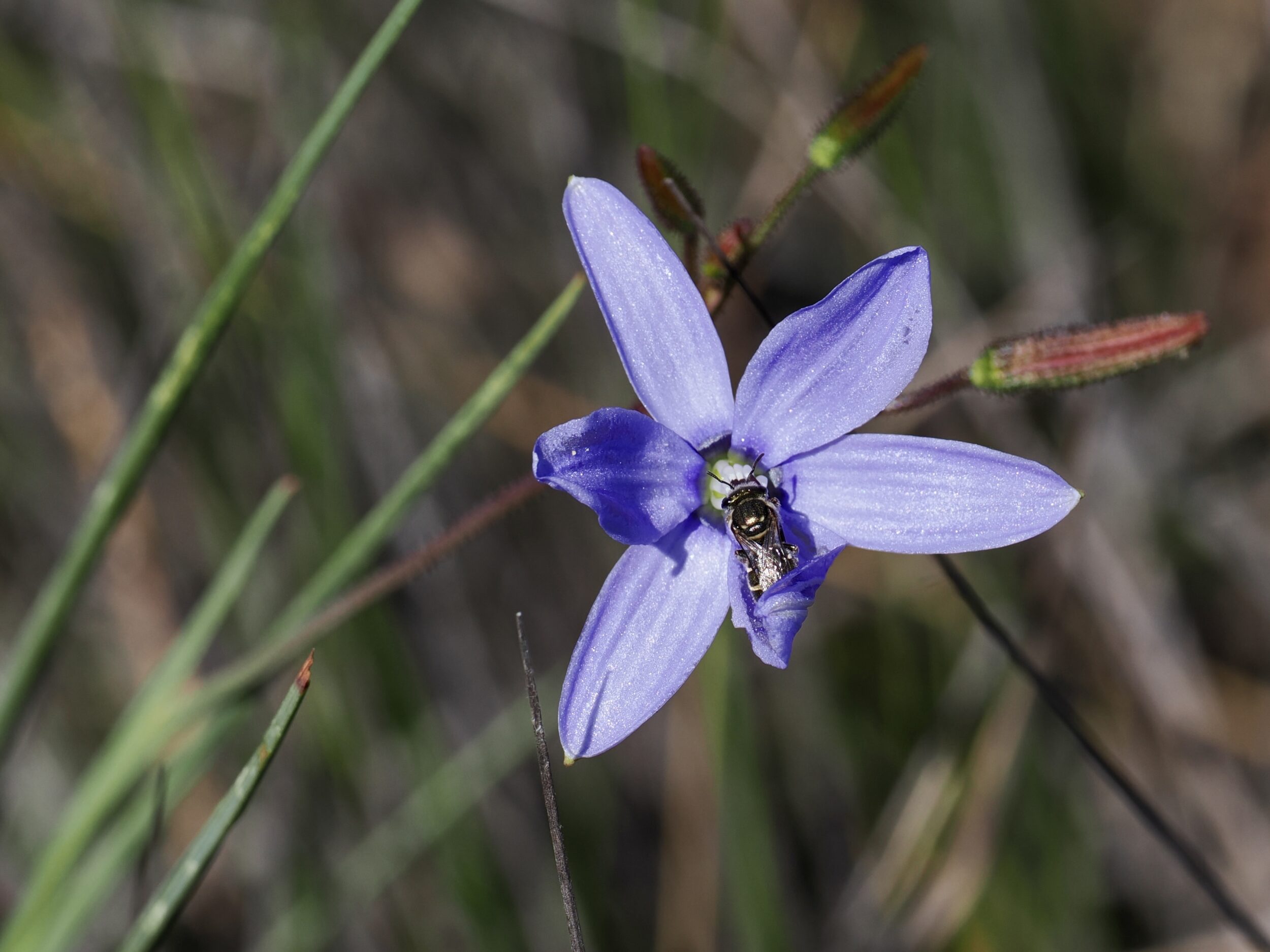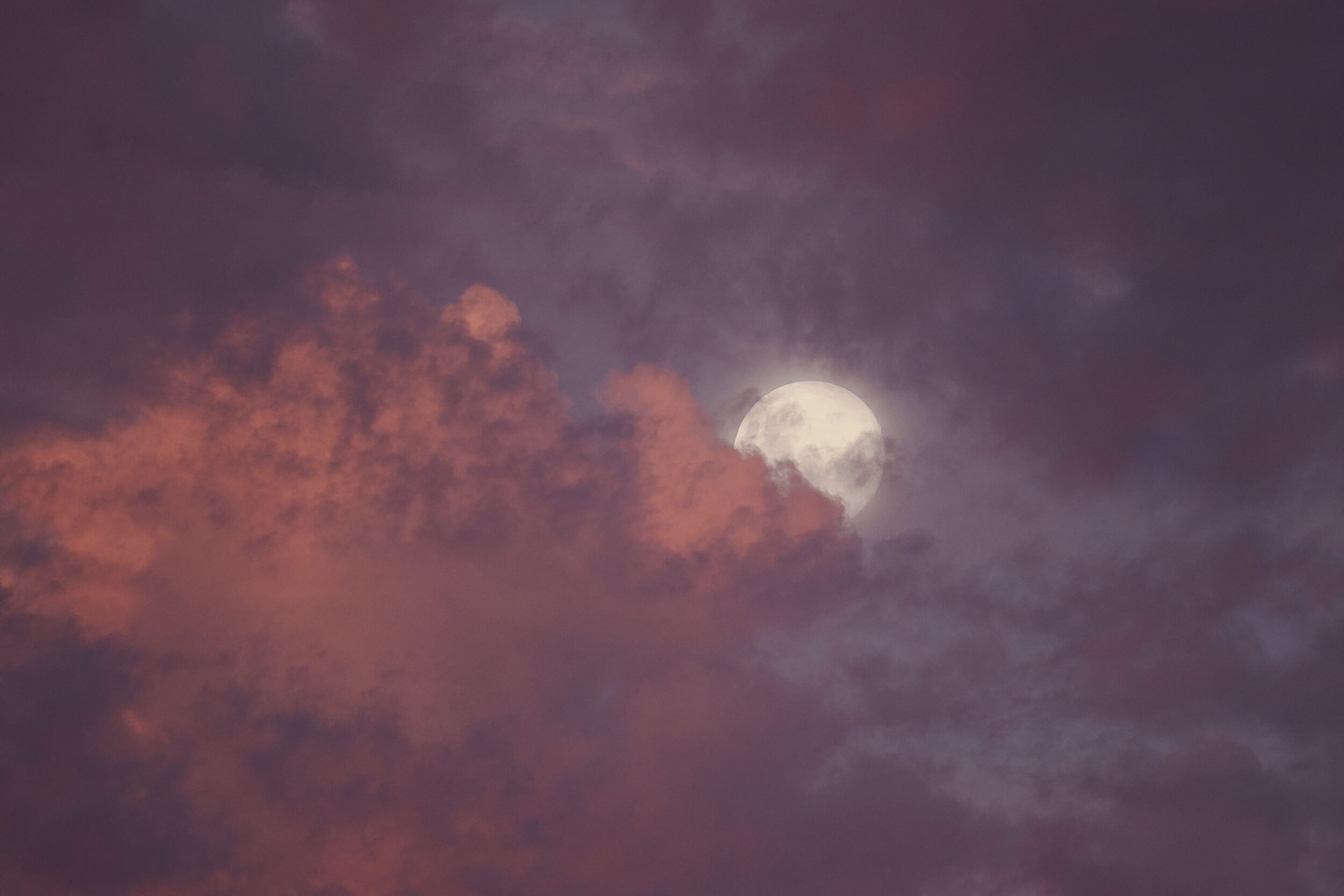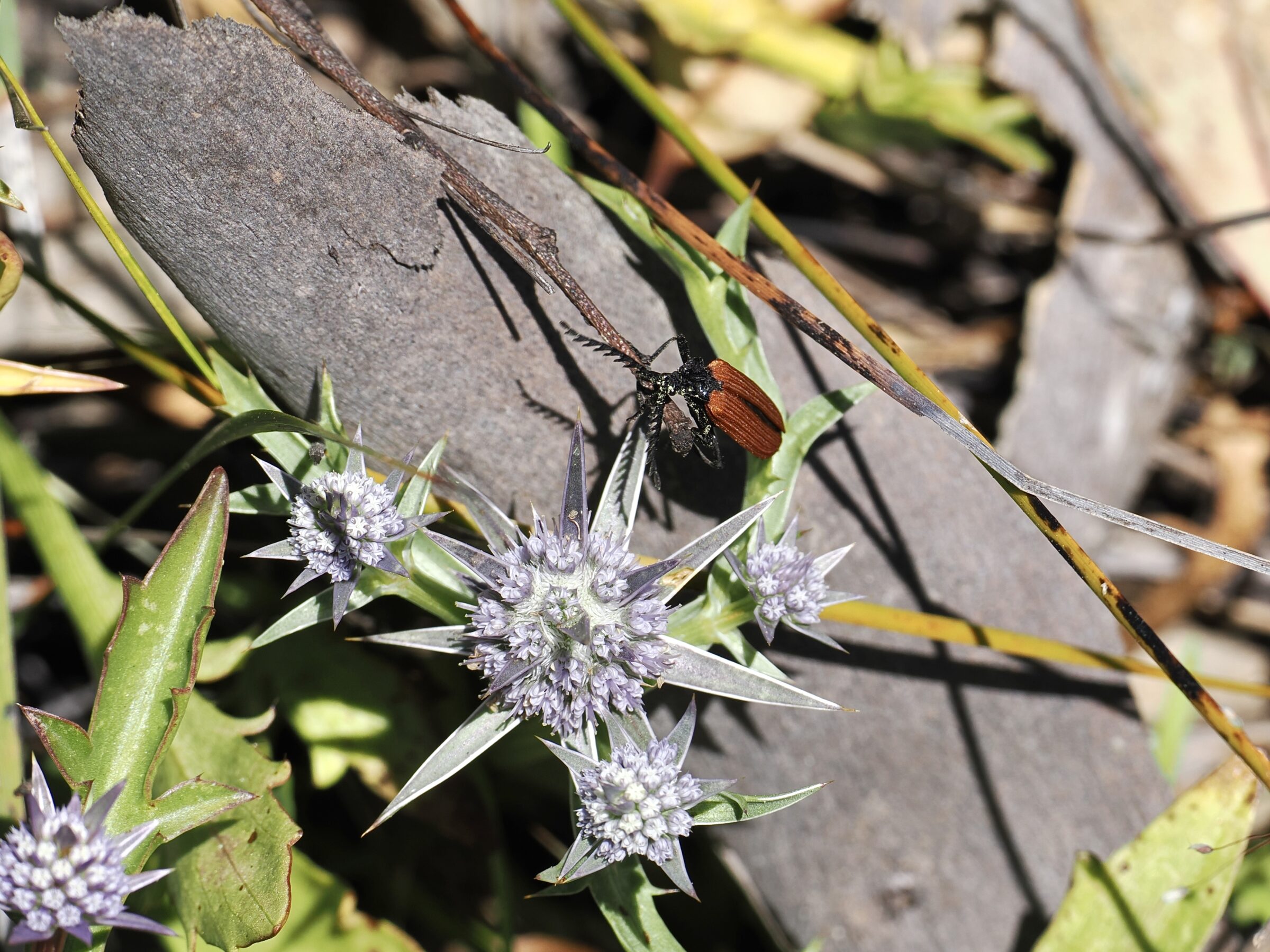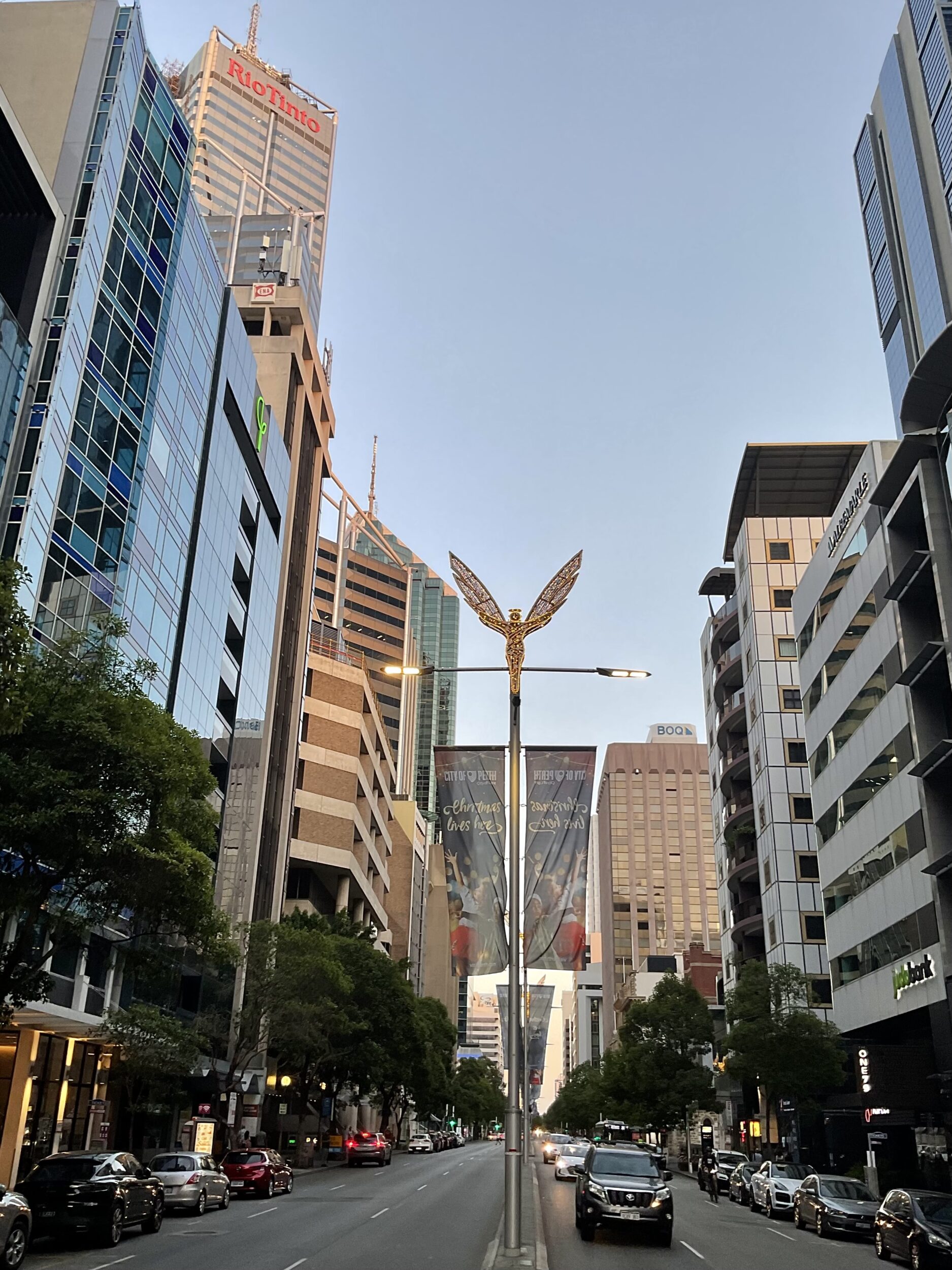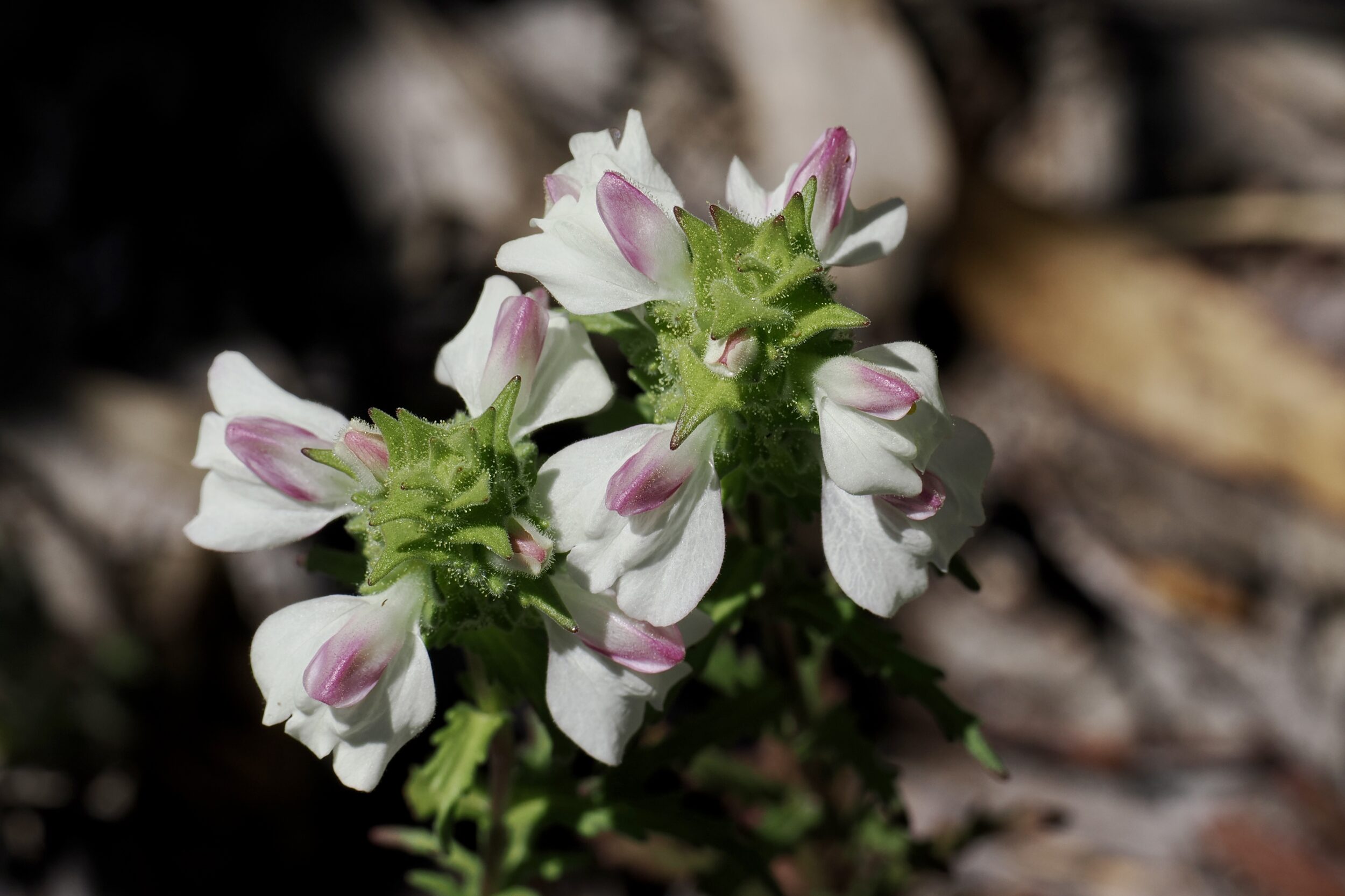When I took the featured image it was 4. 03 pm, and we had walked the greater portion of the steep track down from Cobbler Hill to Blowhole Beach.
You can see Blowhole Beach on the right hand side.
Kangaroo Island’s northern edge provided most of the photo’s horizon.
You cannot see a blowhole, because Blowhole Beach has none.
However, over umpteen thousands of years, countless humans have stood on or above this beach and witnessed the “blow” emitted by whales, breathing.
Comments closed